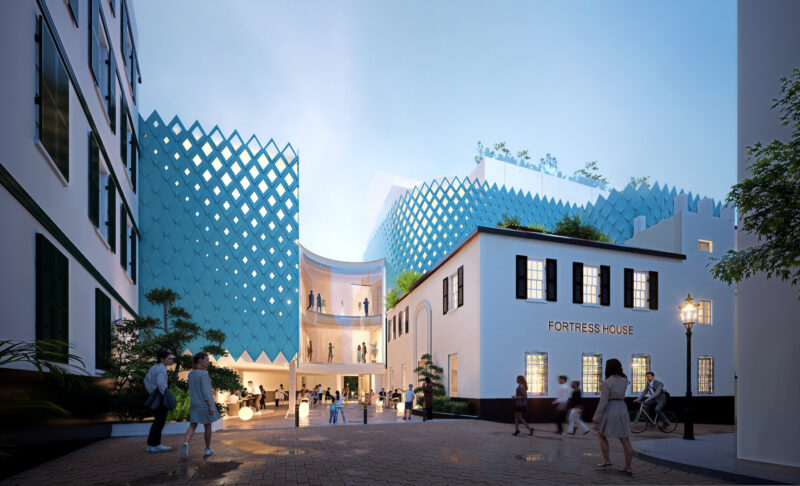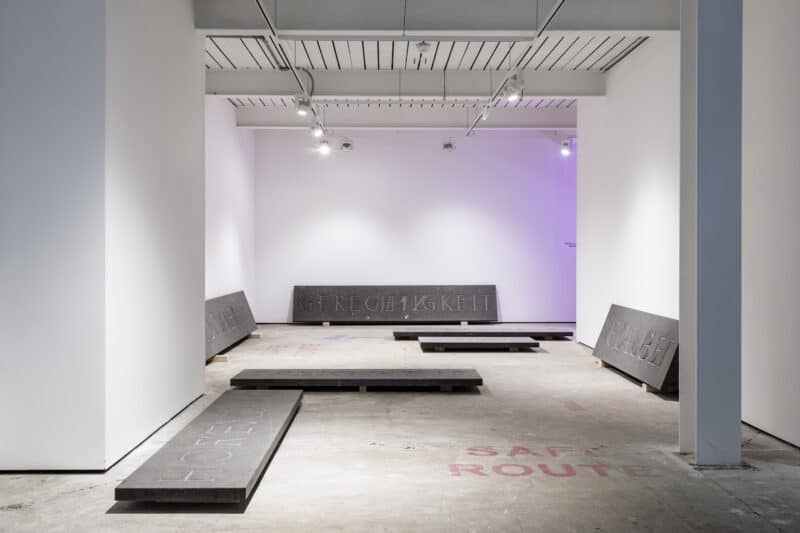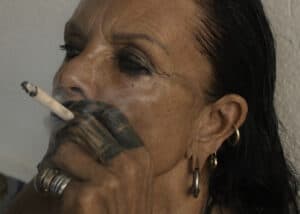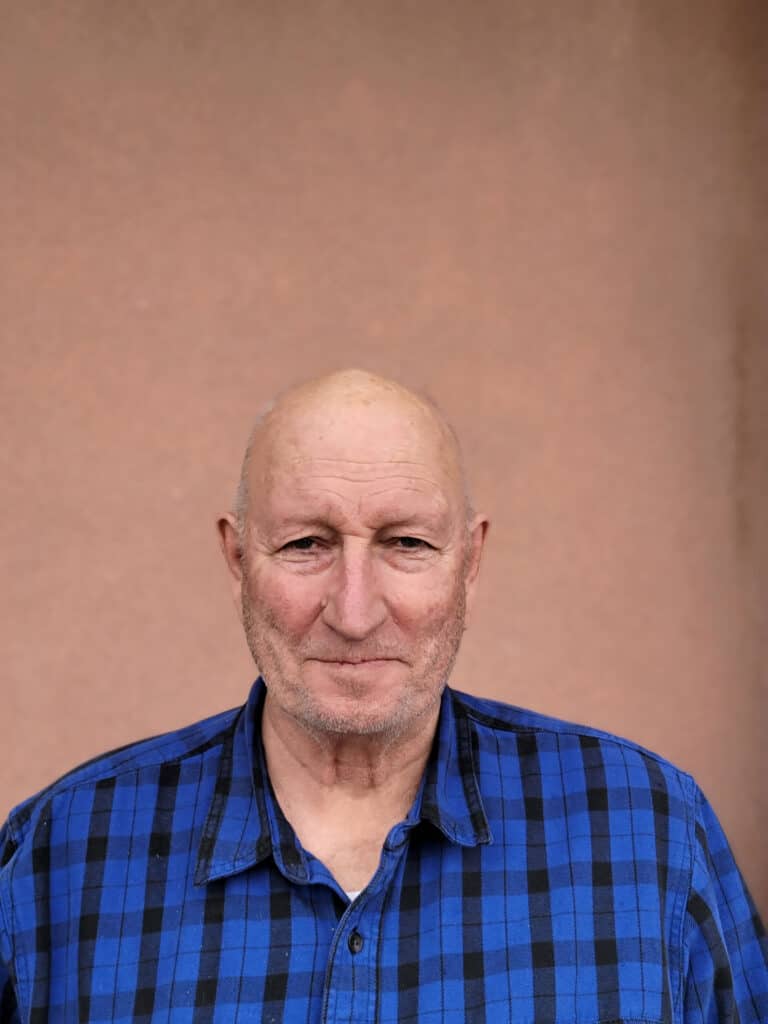
Pirelli HangarBicocca to present a major exhibition dedicated to Bruce Nauman, one of the world’s most prominent living artists (from September 15th, 2022 to February 26th, 2023). Organized by Pirelli HangarBicocca, Milan, in collaboration with Tate Modern, London, and Stedelijk Museum Amsterdam, the exhibition will provide an in-depth overview of Nauman’s spatial research and important experiments with architecture, light, sound, language and video over half a century.
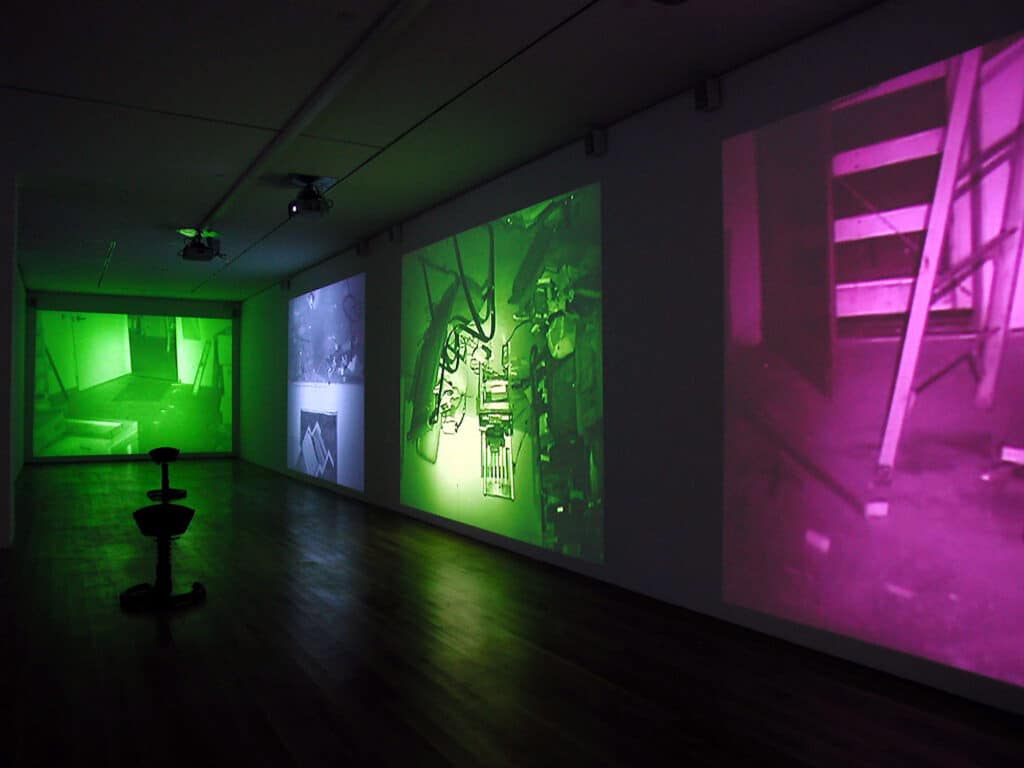
The exhibition “Neons Corridors Rooms” gathers thirty works created since the second half of the 1960s that explore the most innovative dimension in the practice of Bruce Nauman (born Fort Wayne, Indiana, 1941; lives and works in New Mexico), with a focus on his spatial and architectural research. The exhibition draws attention to this specific aspect of the artist’s research that has been overlooked in the past years. In a career spanning over fifty years, Nauman has investigated the human condition and the deeper meaning of art-making, embracing a wide variety of different media—installation, video, sculpture, performance, photography, drawing, and sound—with a radical and pioneering attitude.
In addition to works presented in retrospectives in London (October 2020-February 2021) and Amsterdam (June-October 2021), the exhibition at Pirelli HangarBicocca, curated by Roberta Tenconi and Vicente Todolí with Andrea Lissoni, Nicholas Serota, Leontine Coelewij, Martijn van Nieuwenhuyzen and Katy Wan, also features a new selection of works that includes some of Nauman’s most representative installations, from many international public and private collections—including the Artist Rooms National Galleries of Scotland and Tate, Centre Pompidou, Paris, IVAM, Valencia, Hamburger Kunsthalle, Hamburg, Kunstmuseum, Basel, Museo Nacional Centro de Arte Reina Sofía, Madrid, Museum Boijmans van Beuningen, Rotterdam, Solomon R. Guggenheim Museum / Panza Collection, New York, Stedelijk Museum, Amsterdam, Tate Modern, London, as well as Annibale Berlingieri Collection, Benesse Collection, Okayama, Collection of Jack and Nell Wendler, Courtesy of Wendler Family LLC, Daskalopoulos Collection, Dia Art Foundation, Emanuel Hoffmann Foundation, FER Collection, Froehlich Collection, Herbert Foundation, Ghent, and “la Caixa” Foundation as well as the Bruce Nauman Studio. Covering over 5,000 square meters in the Navate gallery of Pirelli HangarBicocca, and also occupying other spaces, such as the Reading Room and the outdoor area, the exhibition brings together for the first time the various types of corridors and rooms, along with six neon pieces, five video and sound installations, and a selection of tunnels, Nauman’s sculptural models for underground architecture. Spanning nearly four decades of research, the exhibition groups works following recurrent themes, thus highlighting on the one hand the variations and affinities among the different works, and on the other hand the artist’s extensive and continuous experimentation.
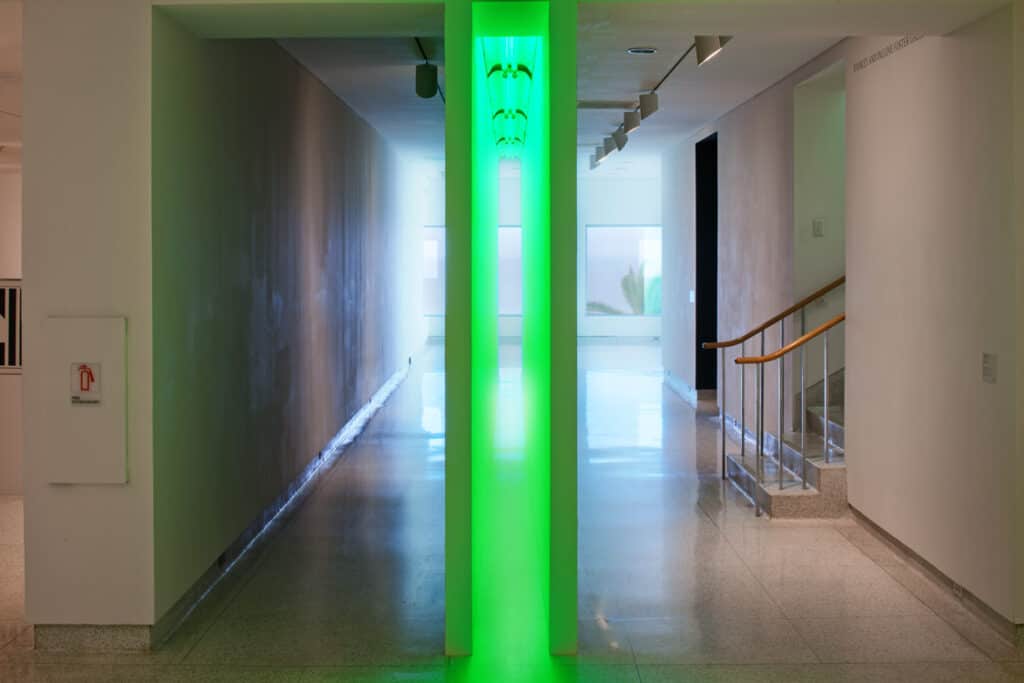
Realized from the late 1960s, the corridors are structures designed by Bruce Nauman to manipulate, record, and test the viewer’s experience and movements within a space. Their architecture compels visitors to follow a path that is both physical and emotional, leading to a greater awareness of limitations and corporality. The exhibition outlines the early stages and development of this body of work, starting with the very first corridor created by the artist, Performance Corridor (1969). The idea for this work came from a performance recorded in the video Walk with Contrapposto (1968)—also featured in the Milan exhibition—in which Nauman walks back and forth through a narrow passageway with exaggerated hip movements, imitating the contrapposto pose of classical sculptures. The following year, in 1969, for an exhibition at the Whitney Museum in New York, the artist displayed the structure for this video as a walk-in sculpture, encouraging visitors to use it themselves. Until then, Nauman’s videos and performances had focused on his own presence and figure, with Performance Corridor the artist shifted his attention and research to the viewers, and the relationship they establish with the space around them.
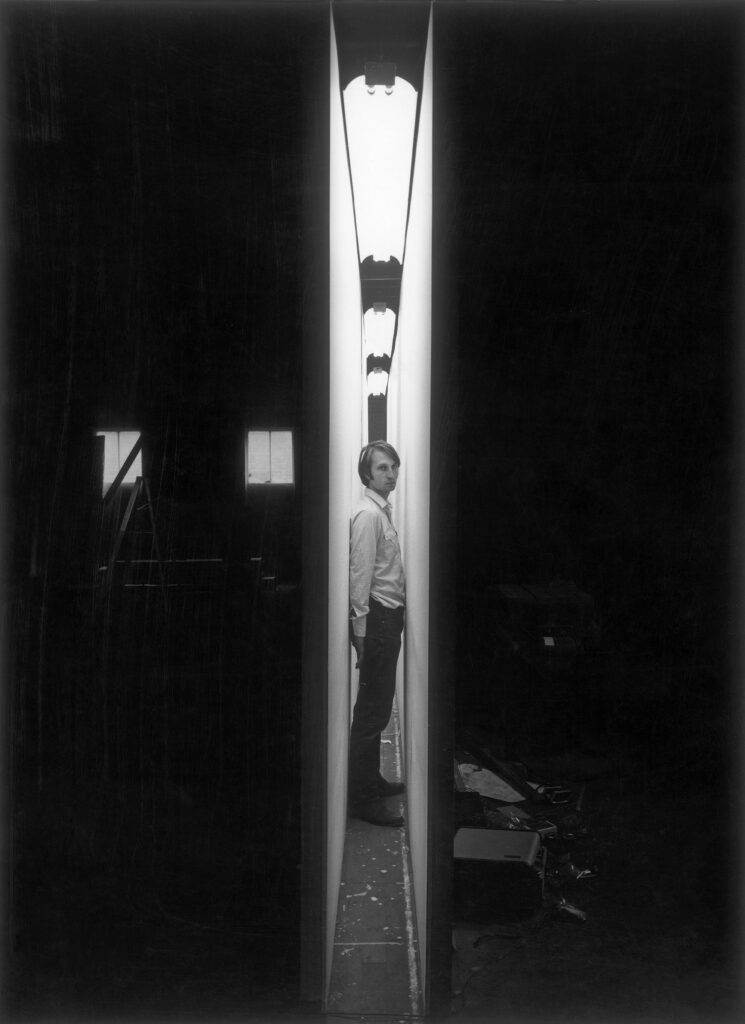
“Neons Corridors Rooms” reveals how this practice has become a means for Nauman to experiment with space and the body in increasingly radical ways. The exhibition in fact investigates the different types of corridors that followed over the years, employing various shapes, sizes and modes of fruition. The complexity of these works have grown progressively, to the point of incorporating rooms and inserting sound, light, tactile, plastic or visual elements and devices, which alter the visitor’s perception and create a sense of disorientation. In Green Light Corridor (1970), for example, a green fluorescent light floods the narrow walkable space between the two walls, while in Corridor Installation with Mirror – San Jose Installation (Double Wedge Corridor with Mirror) (1970) Nauman uses a mirror to disorient visitors as they walk through it. Made in Milan in 1971 at the Francoise Lambert Gallery, and reconstructed here for the first time, Funnel Piece (Francoise Lambert Installation) (1971) harnesses natural light as a generative factor in experience. Similarly, electronic and surveillance tools, such as closed-circuit cameras, are repurposed to explore reactions in people’s behaviour and movement when they find out that they are being recorded and monitored, as is the case in Going Around the Corner Piece with Live and Taped Monitors (1970).
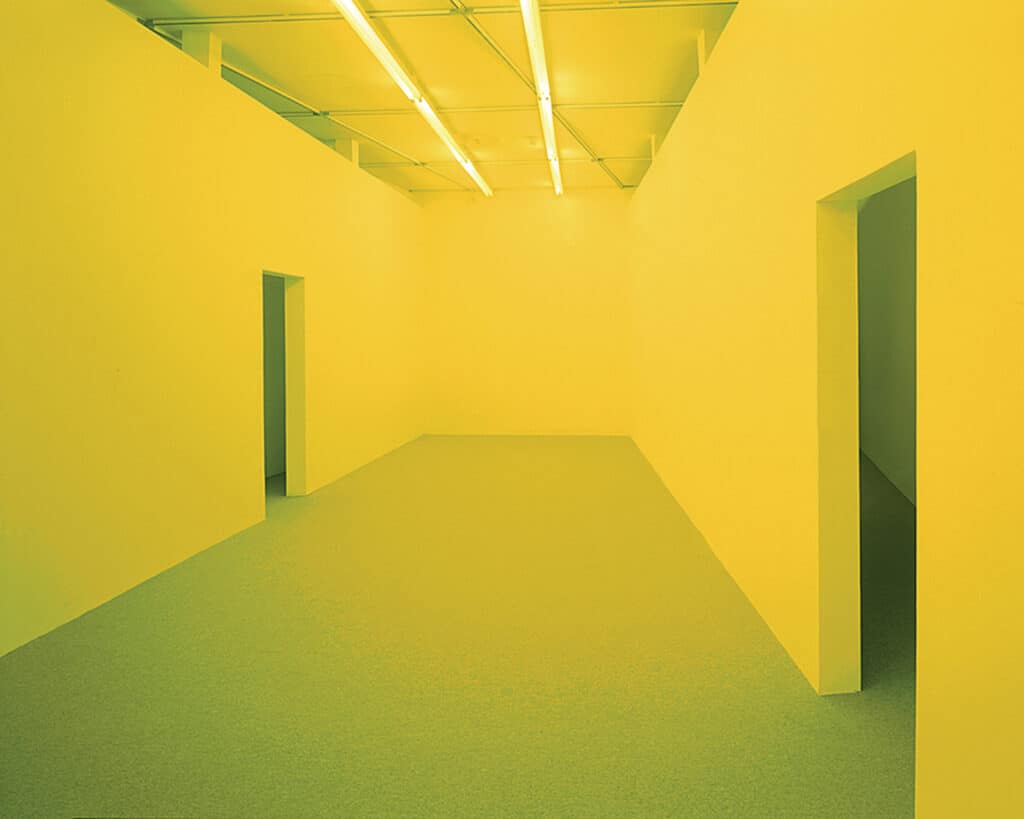
In his Dream Passage with Four Corridors (1984), the work that opens the exhibition “Neons Corridors Rooms,” the artist uses corridors, fluorescent-coloured lights, and everyday objects such as chairs and tables, to create a dreamlike home environment. With MAPPING THE STUDIO II with color shift, flip, flop, & flip/flop (Fat Chance John Cage) (2001), installed in the Cubo space, the artist focuses on seemingly marginal aspects of the world around us that are usually overlooked. The work comprises seven video projections in which Nauman records the nighttime activity taking place in his studio in New Mexico. As the title itself suggests, the images are chromatically altered or flipped, changing almost imperceptibly, so as to cause a sense of spatial and temporal dislocation in the viewer. In the audio installation Raw Materials (2004), the artist creates what can be described as an actual soundscape. The work, commissioned for Tate Modern’s Turbine Hall in 2004, is installed outdoors for the first time, in the outside area of Pirelli HangarBicocca. Twenty-one audio recordings, relating to as many previous works of the artist, are played on a loop, tracing his long career through a succession of cross-references, flashbacks and acoustic alterations.

The audio tracks for Raw Materials reveal another fundamental aspect of Bruce Nauman’s practice: the use of language and its many relational possibilities. This theme clearly emerges in the neon pieces, which are among the artist’s best known and most celebrated works. Of these, Pirelli HangarBicocca presents a significant selection that shows their evolution. The neon works look into the formal and psychological nature of language, and the transformative potential of the written text. Reflections on art and the role of the artist are central in the very first neons from the late 1960s, such as The True Artist Helps the World by Revealing Mystic Truths (Window or Wall Sign) (1967) and My Name As Though it Were Written on the Surface of the Moon (1968), while puns and increasingly complex investigations into human existence, and the disturbing aspects of childhood, appear in Run from Fear, Fun from Rear (1972), One Hundred Live and Die (1984), or Hanged Man (1985).
BRUCE NAUMAN Neons Corridors Rooms Pirelli HangarBicocca 15th September 2022 – 26th February 2023
Curated by Roberta Tenconi and Vicente Todolí with Andrea Lissoni, Nicholas Serota, Leontine Coelewij, Martijn van Nieuwenhuyzen and Katy Wan. Exhibition organized by Pirelli HangarBicocca, Tate Modern, London and Stedelijk Museum Amsterdam
About the artist
Several of the most important international institutions have hosted solo exhibitions and projects by Bruce Nauman, such as M Woods, Beijing (2022); Punta della Dogana-Pinault Collection, Venice (2021-2022); Stedelijk Museum Amsterdam (2021); Tate Modern, London (2020-2021); Museo Picasso Malaga (2019); Schaulager, Basel; MoMA Museum of Modern Art and MoMA PS1, New York (2018-2019); Philadelphia Museum of Art (2016); Fondation Cartier, Paris (2015); Museum of Contemporary Art, San Diego (2008); Berkeley Art Museum, Castello di Rivoli Museo d’Arte Contemporanea, Turin, and Menil Collection (2007-2008); and Tate Modern, London (2004), in addition to the major retrospective organized in 1993-1995 by the Walker Art Center, Minneapolis and Hirshhorn Museum, Washington, D.C. His first retrospective was presented at Los Angeles County Museum of Art and travelled to the Whitney Museum of American Art, New York, as well as to other international institutions (1972-1974). Nauman has also participated in many group exhibitions and biennials, including the Venice Biennale (2015, 2013, 2007, 1999, 1987, 1980, and 1978), and documenta, Kassel (1992, 1982, 1977, 1972, and 1968). He has received numerous awards, including the Frederick Kiesler Prize for Architecture and the Arts, Austria (2014); Centennial Medal Laureates, American Academy, Rome (2009); Beaux-Arts Magazine Art Awards: Best International Artist, Paris; Praemium Imperiale Prize for Visual Arts, Japan (2004); Honorary Doctor of Arts, California Institute of the Arts, Valencia (2000); and the Wolf Foundation Prize in Arts (Sculpture), Israel (1993). In 2009 he represented the United States at the 53. Venice Biennale, winning the Golden Lion for Best National Participation, while in 1999 he won the Golden Lion for Lifetime Achievement at the 48. Venice Biennale.
Pirelli HangarBicocca
Pirelli HangarBicocca an institution founded in 2004, was relaunched in 2012 by Pirelli, which has been a founding partner since its inception. In recent years the exhibition space has consolidated its role as an art center, attracting an international audience with shows that stand out for their high curatorial standards and great visual impact, and thanks to its offer of unique exhibition projects. The spaces of Pirelli HangarBicocca also host the permanent installation I Sette Palazzi Celesti 2004-2015 by Anselm Kiefer, which has become a reference point for visitors from all over the world, and the sculpture La Sequenza (1981) by Fausto Melotti.

